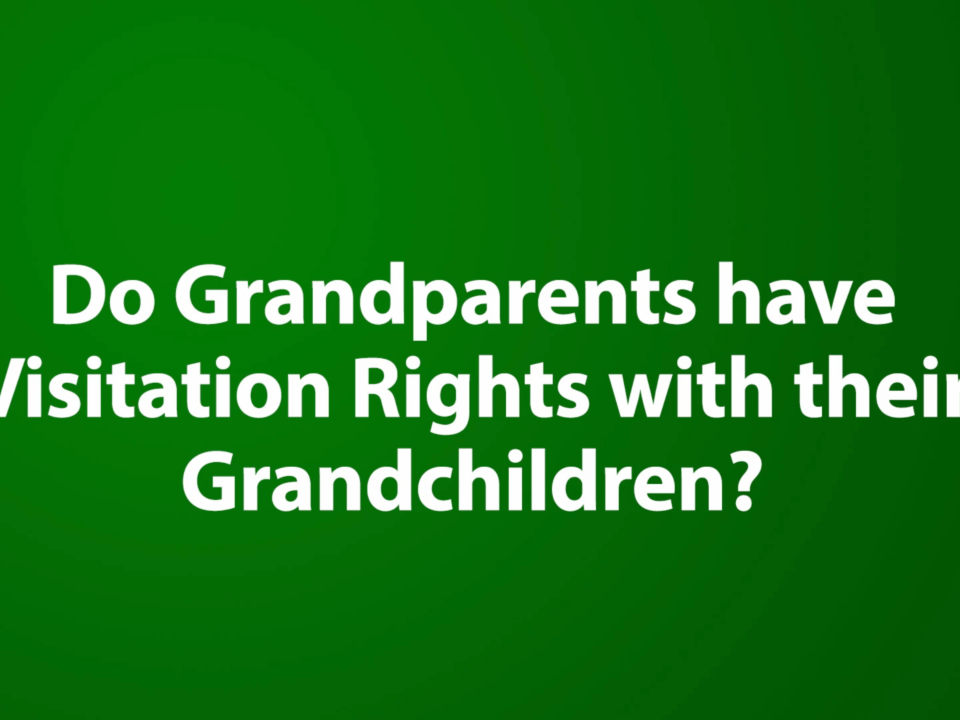
Most people who are contemplating divorce often have the misguided perception that their decision will mean that they have to endure a long, drawn-out legal battle filled with stressful court appearances and the uncertainty of leaving their lives in the hands of a Judge. However, did you know that approximately 90% of all family law cases are resolved without the necessity of trial? Alternative ways to navigate your divorce allow you to remain in control of your life and your future. Here are some of the options:
Traditional Negotiation
With “traditional negotiations” the parties typically exchange proposals through their attorneys, back and forth until an agreement can be reached. These types of negotiations can occur through correspondence between the attorneys (i.e., through letters, phone calls and emails), or with the attorneys and clients sitting down together for a settlement conference. If the parties are ultimately able to reach an amicable agreement on all or some of the terms for their divorce, the attorneys will then memorialize that agreement in a written Agreement or Stipulation which is then signed by both parties and filed with the Court.
Mediation
In mediation, the parties negotiate directly with the assistance of a dispute resolution professional called a mediator. A mediator is not like a judge who can make decisions, but rather acts as a facilitator to help the parties make those decisions for themselves. Even if the family mediator has a legal background, he or she cannot give legal advice because to do so would compromise his or her neutrality. As a result, the participants either consult their lawyers periodically throughout the mediation process or, in some cases, may bring their lawyers to the meetings. If an agreement has been reached in mediation, the mediator prepares a summary of its terms, which then goes to the parties’ lawyers for review. Once both parties have received independent legal advice and the terms of the agreement have been finalized, the lawyers will draft an Agreement or Stipulation for the parties to sign.
In North Dakota, with few exceptions, if your case involves minor children you will be ordered to attend mediation. The Family Mediation Program was established in North Dakota in January, 2014 with the goal of improving the lives of families and children by providing a means to minimize family conflict. Rule 8.1 of the North Dakota Rules of Court identifies the goals and objectives of the Family Mediation Program as well as an overview of the process. Typically, within a short time following the filing of the case, the parties will be notified that the matter has been referred to the Family Mediation Program and shortly thereafter will receive an Order identifying the mediator assigned to the case. The parties must then make contact with the mediator to do an initial intake, and thereafter the mediation session can be scheduled. In North Dakota, the State will pay for six hours of the mediator’s time.
Early Neutral Evaluation
If your case is venued in Minnesota, one of the alternative dispute resolution methods available is Early Neutral Evaluation (ENE). The ENE process can be either social (SENE) if the majority of the issues are focused on resolving issues regarding the minor children (i.e., who will have custody, what is an appropriate parenting time schedule, etc.), or financial (FENE) if the majority of the issues are financial in nature. The first step in ENE is agreeing upon the neutral facilitators, usually from a list maintained by the court of those individuals specifically trained in the ENE process. After selecting the neutrals, the parties will then meet with the neutrals, usually together with their respective attorneys, in order to provide their explanations on his or her objectives and rationale for those objectives. After hearing both sides present information and answering any questions, the neutrals will then collaborate and provide their opinions on what the Court is likely to do with your case. From there, the process typically turns into more of a mediation session with both parties continuing to work toward amicable resolution.
Collaborative Law
For parties who want their lawyers to be involved in negotiating a settlement, but would like them to work cooperatively, Collaborative Law is an effective alternative to the traditional negotiations. At the beginning of the collaborative process, the parties and their lawyers sign a Participation Agreement committing to negotiating in good faith and agreeing that the Collaborative lawyers will be disqualified from acting if the matter goes to court. The purpose of this disqualification clause is to prevent either side from using the threat of court proceedings as a negotiation tactic.
In the Collaborative process, the family law issues are typically resolved through a series of settlement meetings during which the clients and the lawyers work to identify each person’s priorities and interests and generate options to meet their needs. Negotiations may also include the participation of neutral professionals like financial or child specialists hired jointly by the parties. Terms agreed upon in negotiations are then incorporated into a legally binding Agreement, and the parties file a joint petition for divorce with the Court.
To discuss these alternatives, and whether or not any of them are right for you, call us. We can help. Contact attorney Tracy Lyson at O’Keeffe O’Brien Lyson Attorneys today either online or by calling 701-235-8000 or 877-235-8002.



